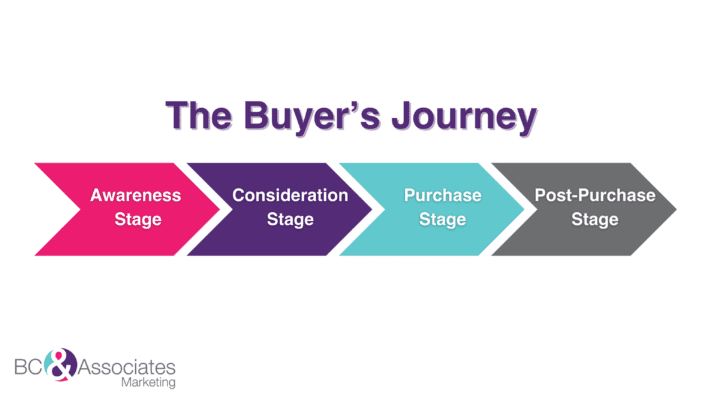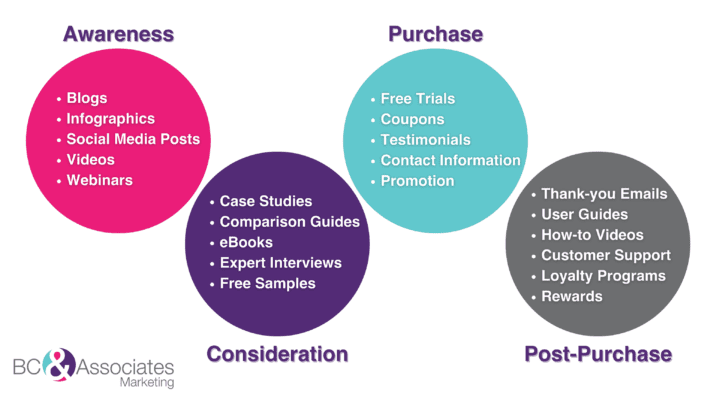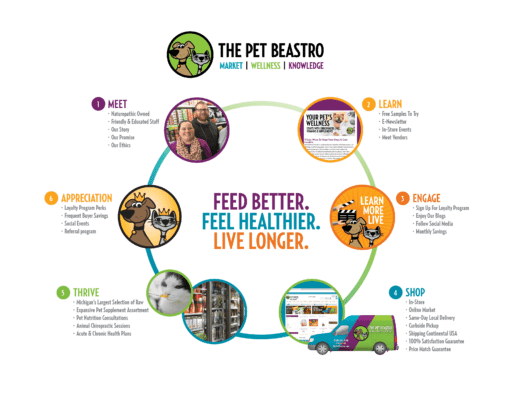According to Salesforce, the customer journey has a significant impact on sales. In fact, businesses with a well-defined customer journey can expect a 54% increase in sales revenue compared to those without. Additionally, companies that prioritize the customer experience throughout the journey see a 60% higher rate of customer retention. These statistics highlight the importance of creating a seamless and positive customer journey, from initial awareness to post-purchase follow-up. By prioritizing the customer experience, businesses can not only increase sales revenue but also foster long-term loyalty and advocacy among their customers.
Understanding The Importance Of Mapping A Customer Journey
Understanding the customer journey is crucial for businesses to provide a positive customer experience. It involves mapping out a customer’s entire process when interacting with a company, from the initial awareness stage to the final purchase and beyond. By understanding the customer journey, businesses can identify pain points and areas for improvement, leading to increased customer satisfaction and loyalty.
Moreover, understanding the customer journey allows businesses to tailor their marketing and communication strategies better to meet the needs and preferences of their target audience. By knowing how customers interact with their brand at each touchpoint, businesses can create personalized experiences and build long-lasting relationships with their customers.
Understanding the customer journey is essential for businesses that want to stay competitive and succeed in today’s ever-changing market. It requires a deep understanding of the customer’s mindset and behavior and a commitment to continuously improving the customer experience.
What Is The Customer Journey?
The customer journey is the process a customer goes through when interacting with a company or brand. It begins with the initial awareness of the brand and continues through the various stages of consideration, purchase, and post-purchase evaluation. The journey can involve multiple touchpoints and channels, including online and offline interactions, and can vary greatly depending on the specific industry and customer needs. Understanding the customer journey is crucial for businesses to effectively engage and retain customers, identify pain points, and optimize their marketing and sales strategies. By mapping out the customer journey, businesses can better understand their customers and create a more personalized experience that meets their needs and exceeds their expectations.
The Four Stages Of A Customer Journey

The customer journey is the process a consumer goes through when deciding to purchase. The customer journey has four main stages: awareness, consideration, purchase, and post-purchase.
The awareness stage is when a consumer becomes aware of a product or service. This could be through advertising, social media, or word of mouth. At this stage, the consumer is not yet actively considering purchasing.
The consideration stage is when a consumer starts to consider whether or not to make a purchase actively. They may research the product or service, read reviews, and compare prices. This stage is critical because it is where the consumer weighs their options and decides whether to make a purchase.
The purchase stage is when the consumer decides to make a purchase. This could be online or in a physical store. At this stage, the consumer has decided to buy the product or service.
The final stage is the post-purchase stage. This is where the consumer evaluates their purchase and decides whether or not they are satisfied. If they are happy with their purchase, they may become a repeat customer and recommend the product or service to others. If unsatisfied, they may return the product or leave negative reviews.
Understanding the customer journey is important for businesses because it helps them identify areas to improve the customer experience and increase customer retention.
Examples of Marketing Activities At Each Stage Of The Customer Journey

Example of a Customer Journey Gone Wrong
A customer journey is the process a customer goes through when interacting with a business. It typically includes several touchpoints, such as browsing a website, purchasing, or receiving customer support. To illustrate this concept, let me share a story about a customer journey.
Once upon a time, a woman named Sarah was looking to buy a new pair of shoes. She searched online and found a website that offered a wide variety of shoes at affordable prices. Sarah started browsing the website and found a pair of shoes that she really liked. She added the shoes to her cart and proceeded to checkout.
However, during checkout, Sarah encountered an error message that prevented her from completing the purchase. Frustrated, she tried to contact customer support but was put on hold for a long time. Eventually, Sarah gave up and decided to shop elsewhere.
This story shows how various touchpoints can impact a customer’s journey. In Sarah’s case, a technical issue and poor customer support led to a negative experience. As a business, it is important to ensure that each touchpoint is optimized to provide the best possible experience for customers. This includes having a user-friendly website, quick and efficient customer support, and a seamless checkout process. By doing so, businesses can ensure that their customers have a positive journey from start to finish.
Why is the Customer Journey Important?
The customer journey is a crucial aspect of any business. It refers to a customer’s entire experience with a company, from their initial contact to the final purchase and beyond. Understanding the customer journey is essential for businesses to create a positive customer experience that builds loyalty and increases sales. By mapping out the customer journey, businesses can identify pain points and areas of improvement to enhance customer satisfaction and retention. Additionally, a well-designed customer journey can help businesses differentiate themselves from competitors and create a unique brand identity. Ultimately, prioritizing the customer journey is a win-win for businesses and customers, increasing profits and customer loyalty.
Client: Example Customer Journey

By implementing these strategies, businesses can create a customer journey that is enjoyable and rewarding, leading to increased customer loyalty and satisfaction. Do you feel lost on what your customer journey looks like? No worries! With over 25 years of marketing experience, we’ve got your back! Take the first step by scheduling a complimentary 15-minute fit call with us at calendly.com/bcassociatesmarketing/15-minute_fit_call. Let’s delve into how our small business marketing agency, can streamline and optimize your marketing efforts, elevate your business, and propel you towards your digital marketing goals. Don’t miss out on the opportunity to transform your business—book your call now!
Additional Resources to Aid Your Marketing Journey
- The Ultimate Guide to Building a Strong Service-Based Brand
- The Power of Storytelling in Marketing Your Service-Based Business
- SEO Best Practices for Service-Based Businesses: Improve Search Rankings and Increase Organic Traffic
- Top 10 Common Digital Marketing Mistakes Service-Based Businesses Make and How to Avoid Them
- How to Measure and Analyze Your Digital Marketing Performance
- The A-Z Guide to Branding and Digital Marketing for Service-Based Businesses


